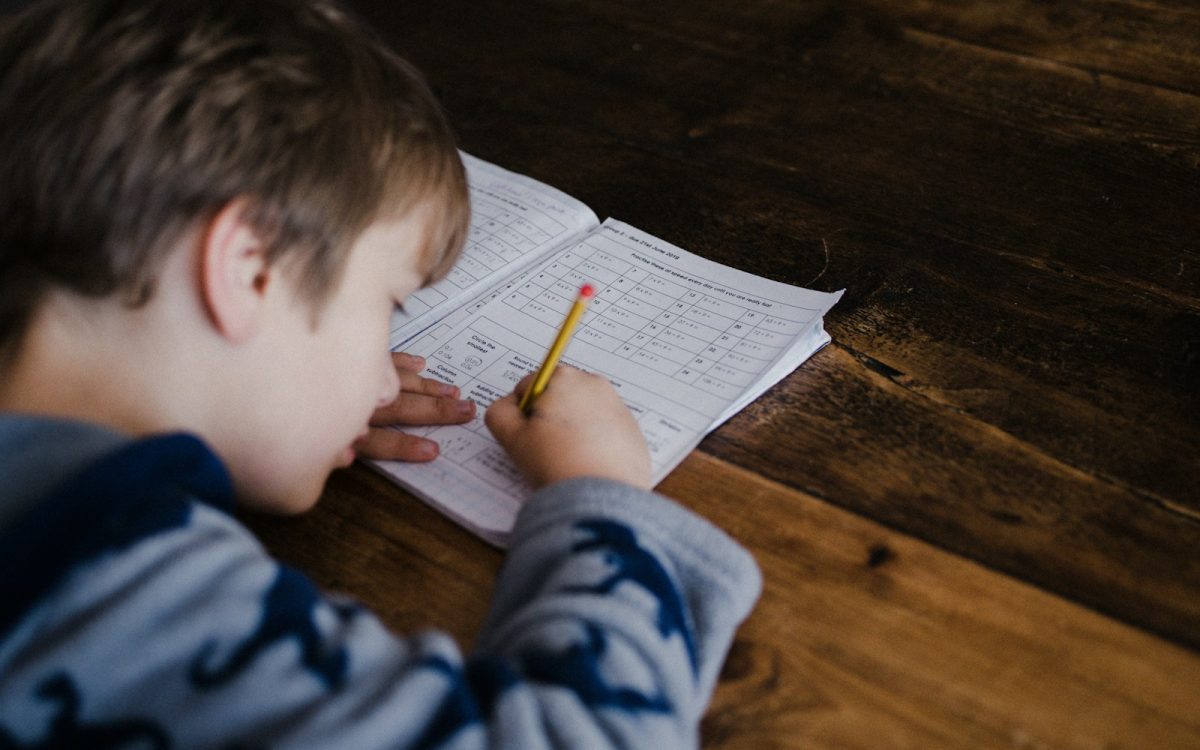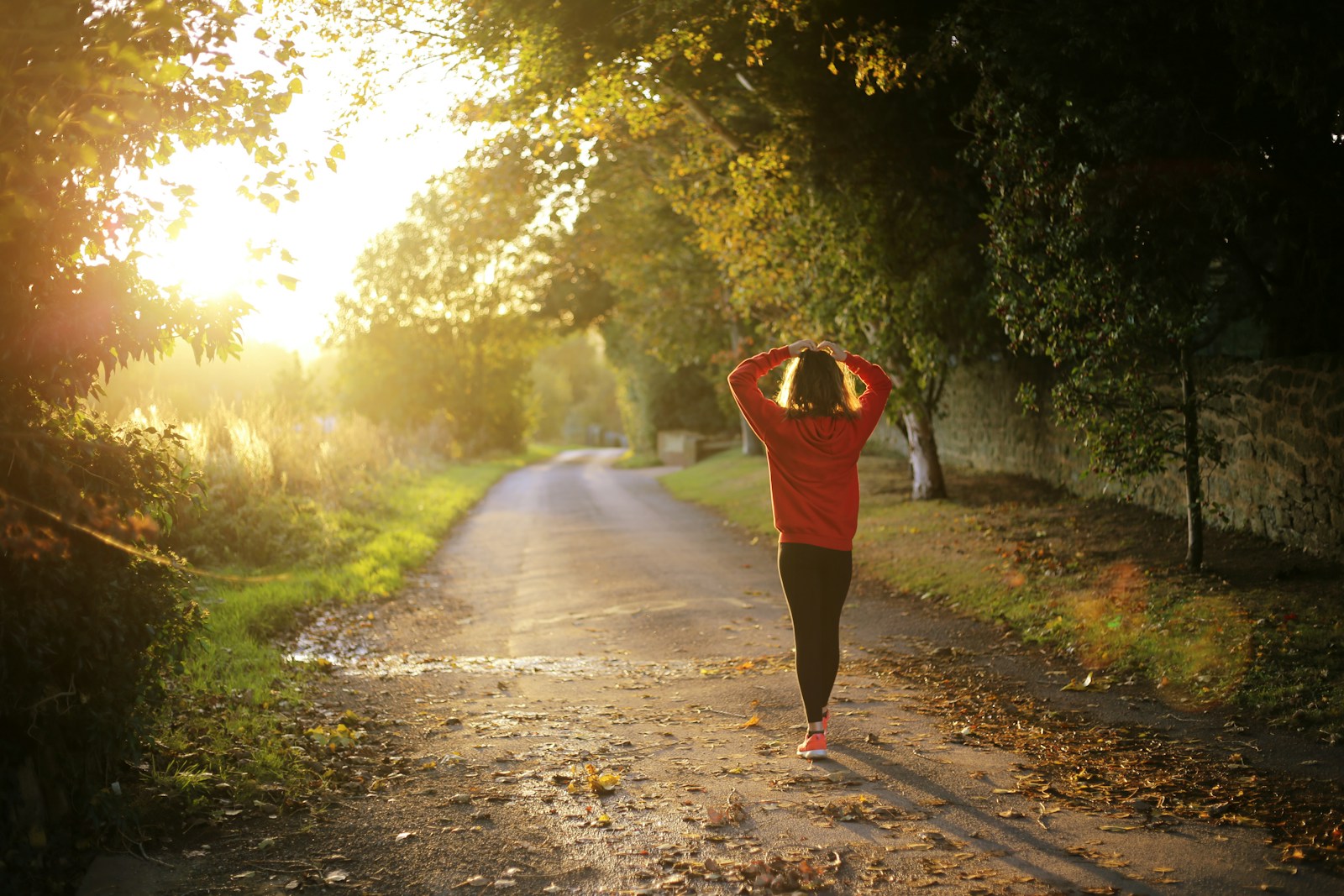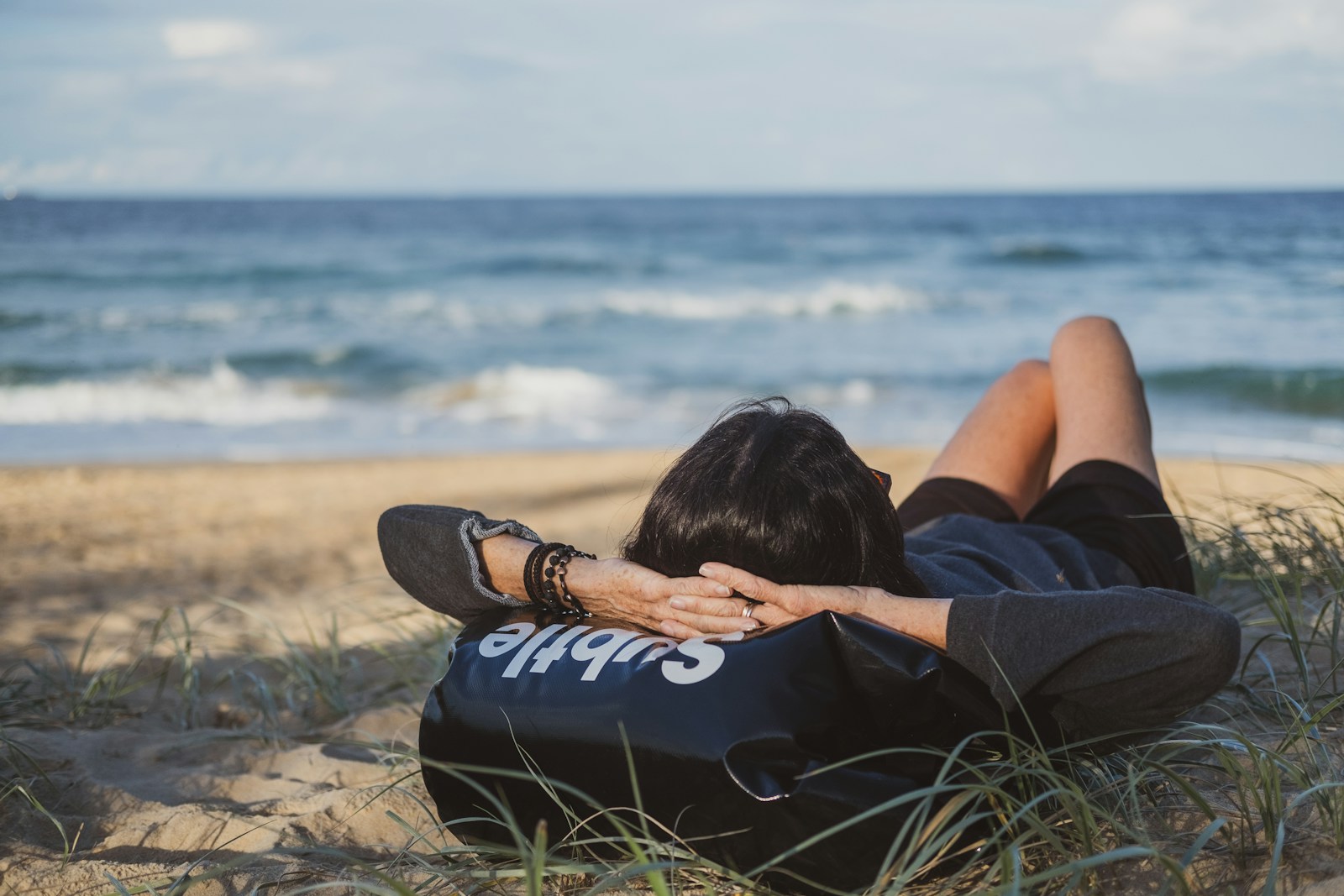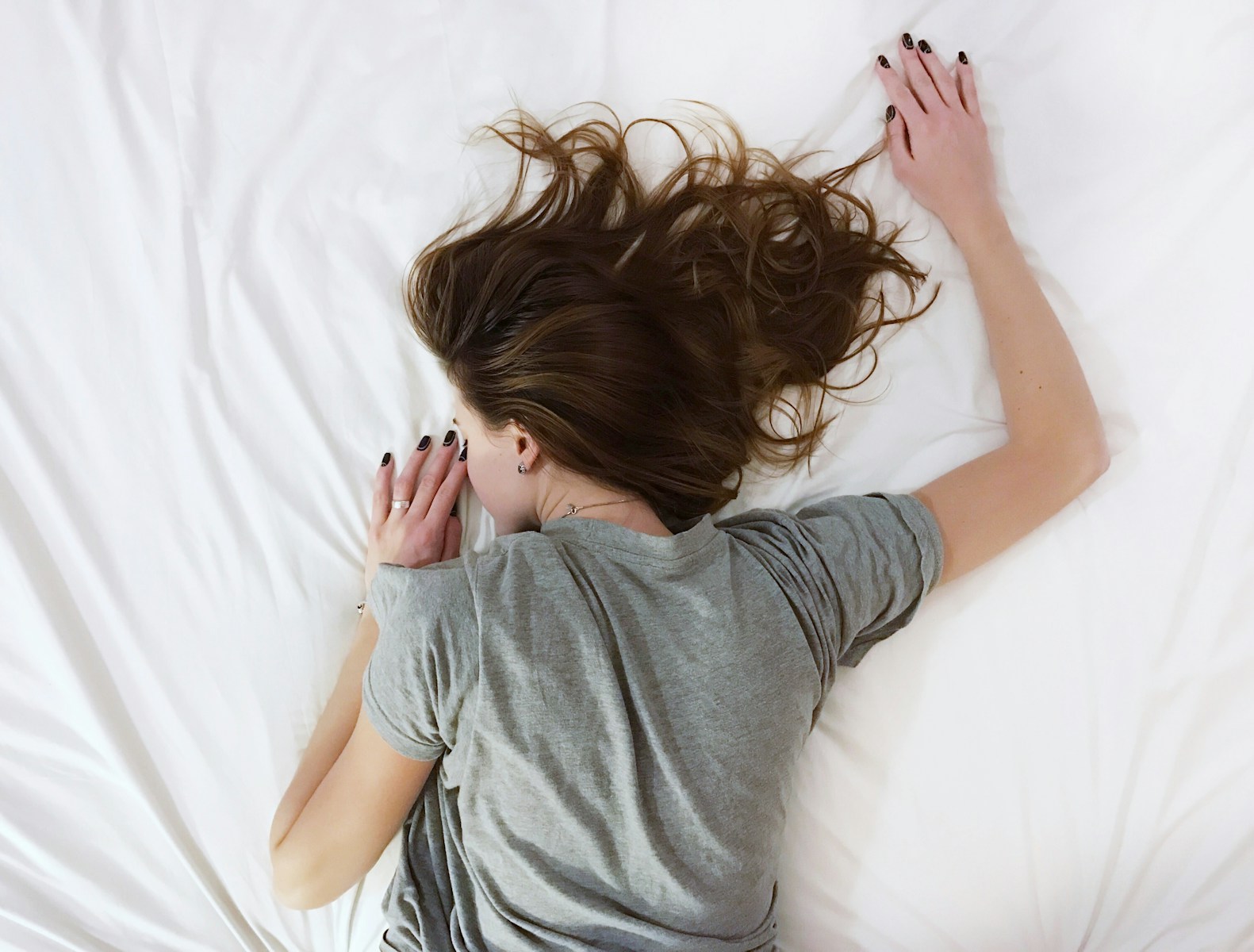How to Prepare for a Sleep Study: A Step-by-Step Guide to Better Sleep Insights
Meta Description: Learn how to prepare for a sleep study with expert tips on what to expect, how to ensure accurate results, and how to sleep better during your test.
If your doctor has recommended a sleep study, you might be wondering what it involves and how to prepare. A sleep study, or polysomnography, helps diagnose sleep disorders such as sleep apnea, insomnia, narcolepsy, and restless legs syndrome. In this guide, we’ll walk you through exactly how to prepare for a sleep study, what to expect during the night, and how small adjustments can ensure accurate and helpful results.
What Is a Sleep Study?
A sleep study is a non-invasive overnight test that evaluates your sleep patterns, brain activity, breathing, heart rate, and body movements. It’s typically conducted in a sleep lab, but some cases may qualify for an at-home sleep test.
Types of Sleep Studies
- Polysomnography (PSG): A comprehensive test performed in a sleep lab.
- Home Sleep Apnea Test (HSAT): A simplified version for diagnosing obstructive sleep apnea.
- Multiple Sleep Latency Test (MSLT): Measures daytime sleepiness and is often used for narcolepsy diagnosis.
- Maintenance of Wakefulness Test (MWT): Assesses your ability to stay awake in a quiet environment.
How to Prepare for a Sleep Study
Knowing how to prepare for a sleep study can increase your comfort level and improve the accuracy of the results. While each clinic may offer specific instructions, here are general best practices to follow before your appointment:
1. Follow Your Normal Sleep Routine
Stick to your usual sleep and wake times leading up to the study. This allows sleep technicians to observe your standard sleep behavior and identify abnormalities.
2. Avoid Stimulants and Alcohol
Avoid caffeine (coffee, tea, soda, chocolate) and alcohol for at least 4–6 hours before the test. Both substances can interfere with your natural sleep cycle and impact study results.
3. Wash Your Hair and Body
Take a shower or bath before arriving, but do not apply any lotions, oils, or hair products afterward, as they can interfere with the electrodes’ ability to stick to your skin and scalp.
4. Pack Essentials for an Overnight Stay
- Comfortable pajamas
- Toiletries (toothbrush, toothpaste, hairbrush)
- Books or magazines to help relax
- Any prescription medications (discuss with your sleep center beforehand)
5. Notify the Sleep Center About Special Needs or Concerns
If you have specific requirements such as insomnia, mobility issues, or anxiety, let the clinic know in advance. They may be able to accommodate your needs to help you feel at ease.
What to Expect During the Sleep Study
Being aware of what happens during the study will help ease any anxieties you may have. Sleep technologists will monitor you throughout the night to collect various health data.
At Check-In
When you arrive at the sleep center, a technician will guide you to a private, hotel-like room. You’ll complete some paperwork, and then be prepped for the test.
Sensor Placement
Technicians will place sensors on your scalp, face, chest, legs, and fingers. These are connected to monitors that track:
- Brainwaves (EEG)
- Eye movements
- Muscle activity
- Heart rate
- Respiratory effort and airflow
- Oxygen saturation levels
Lights Out
Once the sensors are attached, the lights will be turned off so your sleep can be monitored. Technicians will observe you remotely via a low-light camera and intercom, ensuring safety and seamless communication.
During the Night
You may be woken if you need to go to the restroom or if a sensor becomes loose. While it may take time to fall asleep, you don’t need to worry—the test often captures enough data even without a full 8-hour sleep cycle.
Tips for a Comfortable Sleep Study Experience
Here are some expert-backed tips to help you sleep better and feel more at ease during your test:
- Practice relaxation techniques like deep breathing or mindfulness meditation before lights-out.
- Bring your own pillow or blanket if allowed—it can make the environment feel more familiar.
- Listen to calming music or white noise before the technician begins monitoring, if permitted.
- Don’t stress about your sleep performance—technicians are trained to work with even limited data.
What Happens After the Sleep Study?
The next morning, the electrodes will be removed, and you’ll be free to go home. You may feel slightly tired due to the unfamiliar setting, but there are no long-term effects.
Your test results will be evaluated by a sleep specialist who will look for patterns indicating sleep disorders like:
- Obstructive sleep apnea
- REM sleep behavior disorder
- Periodic limb movement disorder
- Insomnia or hypersomnia
Within a few days to a couple of weeks, your doctor will schedule a follow-up appointment to go over the findings and discuss treatment options if needed.
Common Questions About Preparing for a Sleep Study
Can I bring my phone?
You can bring your phone, but it’s best to avoid screens before sleep. Most sleep centers ask you to silence your phone to prevent sleep interruptions.
What if I can’t fall asleep?
This is a common concern, but sleep studies typically collect enough data even if your sleep is fragmented. Let the technician know if you’re struggling—they might be able to assist.
Can I take my medication?
Discuss any medications you’re currently taking with your doctor and the sleep center in advance. Some may affect the results and need to be managed accordingly.
Final Thoughts on How to Prepare for a Sleep Study
Understanding how to prepare for a sleep study can make the process less intimidating and more productive. A little preparation goes a long way in ensuring accurate results, which is the first step toward diagnosing and treating sleep disturbances. With the right guidance and mindset, your sleep study can pave the way for better, more restful nights and a healthier life.
If you’re scheduled for a sleep study soon, follow these steps to ensure a smooth and insightful experience. And don’t forget—this test is a powerful tool to help improve your health and overall well-being.
Looking for more tips on sleep health and wellness? Subscribe to our blog for expert advice delivered straight to your inbox.




